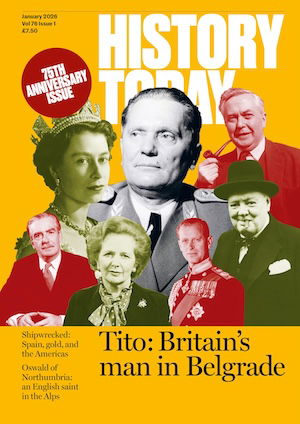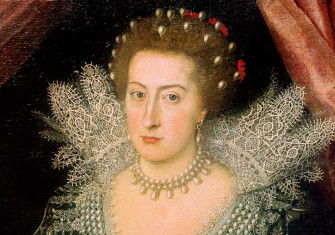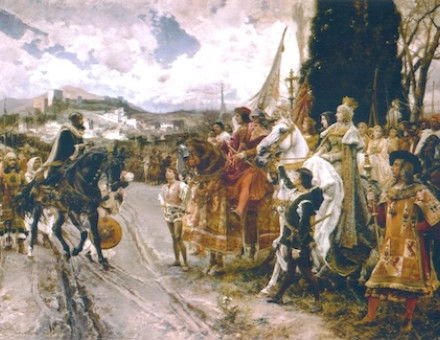Did It Matter That Elizabeth I Was a Woman?
Whether as ‘Gloriana’ or ‘Good Queen Bess’ Elizabeth I is one of England’s most iconic monarchs, but did her gender shape her reign?

‘The idea of rule by women was very new’
Carole Levin is Willa Cather Professor of History Emerita at the University of Nebraska
Though Queen Elizabeth I may well, as she claimed, have had ‘the heart and stomach of a king’, she was all too aware that she also had the body of a ‘weak and feeble woman’. Elizabeth was only the second queen regnant after her sister Mary, so the idea of rule by women was very new. What could be expected for a male ruler was more problematic for a woman. One of the ways that a king could gain power and popularity was to be militarily successful, as kings such as Henry V had demonstrated. But in England women did not lead in battle, one reason why Henry VIII was so emphatic about the need to have a legitimate male heir, since, as he put it himself, the battlefield was ‘unmeet for women’s imbecilities’. When Elizabeth said in her speech to the troops at Tilbury in 1588 that ‘I myself will be your general’, this was not something she could actually do.







